When I think of my time with Diablo 4’s first beta period, I think of how quiet it is. I think of the opening, when your character, fresh out of an intensely detailed creation suite featuring hairstyles, jewelry, and skin tones that simulate vitiligo, trudges through snowy mountains on a horse, stumbling across a wolf mutilated so badly you can see it’s skull beneath its skin.
I think of the small conversation in which a grieving woman stands over a grave, saying she can’t sleep without the snoring of her lover. I think of the guard who tells you to avoid going south – nothing is worth saving down there, he says, least of all the people. And I think of the beautiful, mournful string music that plays when you’re not in combat, something I never knew I wanted until I got it.
Then there’s the art. Darker this time around but also more subdued and realistic, obviously more inspired by horror, like a Baroque painting.
All of it feels like a direct response to the bombast Diablo 3. There’s a maturity and intimacy in Diablo 4 so far, not just darkness. Even Lilith, the big bad demon that acts as your primary antagonist, is calm and reassuring in her dealings with other characters. She’s manipulative, of course, but acts as a different force in Diablo’s traditional good vs. evil conflict; she’s out to carve her own path, free of Heaven and Hell.
The story in the game’s first act is compelling, full of surprising moments, interesting characters, and intriguing mysteries that the game sets up early and executes well. Whereas the typical Diablo story is there to give you a reason to go places and kill demons, I’ve never reached the end of an act and been disappointed I couldn’t immediately see what happened next.
While previous Diablo games feature procedurally generated maps that make each trip to a zone a new adventure, Diablo 4 favors a persistent Sanctuary that doesn’t change. Towns and dungeons stay in the same places, and there’s reason to explore all of it. The story won’t take you everywhere, and there’s a lot to be seen.
It’s possible to play through the first act while ignoring sections of the map and bypassing entire towns, but doing so would mean missing sidequests, small, one to two-room dungeons called Cellars, and plenty of helpful collectibles and upgrades. This change will likely be controversial, but it makes the world feel like a cohesive place.
I climbed snowy mountains, traipsed through barely-occupied towns, navigated dark and foreboding forests, and plumbed the depths of mines. Each place I visited felt like a distinct area populated with enemies that felt appropriate for that environment. Added traversal options – the ability to climb cliffs, slide down slopes, and jump gaps – make the world even more interesting.
This version of Sanctuary is a shared world, so you’ll see and interact with other players in real-time, which makes the world feel lived-in. There are also events available through which you can team up and conquer various challenges, from fighting off hordes of demons to escorting characters you meet on the road. Consequently, Sanctuary has the hallmarks of a real place that keeps living when you’re not there.
Changes to the Diablo 4 skill trees invigorate combat. Trees are divided into tiers, with several abilities in each tier. Each ability offers branching paths, and choosing one cuts off the other. So when my Rogue chose increased Critical Strike chance over Energy Regeneration for an early ability, that changed how I approached encounters and what I leveled up later on.
But Diablo 4 also encourages you to experiment. Respeccing is free until Level 15 and costs only a small amount of gold after that, so you can change your build to suit any new gear you find. When I stumbled across a pair of Legendary Daggers, I quickly respecced my ranged build into something more melee oriented, and I could try it out and tweak it when something didn’t work the way I wanted it to.
You’ll do this often because Diablo throws a lot of loot at you, and you’ll want to try your shiny new toy. Regardless of what you choose, though, combat is fast and enjoyable, especially during boss encounters, where you’ll have to master several different mechanics to succeed.
There’s a staggering amount of content in Diablo 4’s beta. While I experienced and completed a lot of it, I know I’ve only scratched the surface of what the first act has to offer, much less the whole game.
A lot has changed since we last visited Sanctuary, but this still feels like Diablo – just bigger and more curated, with more room to experiment. Indeed, there’s greater reason to hang around and see what happens besides the loot treadmill and the gory zen of Diablo 4’s combat. If the beta is anything to go by, I can’t wait to go back when the game releases on Jun 6, 2023, for PC, PlayStation, and Xbox platforms.
Featured image via Activision Blizzard.


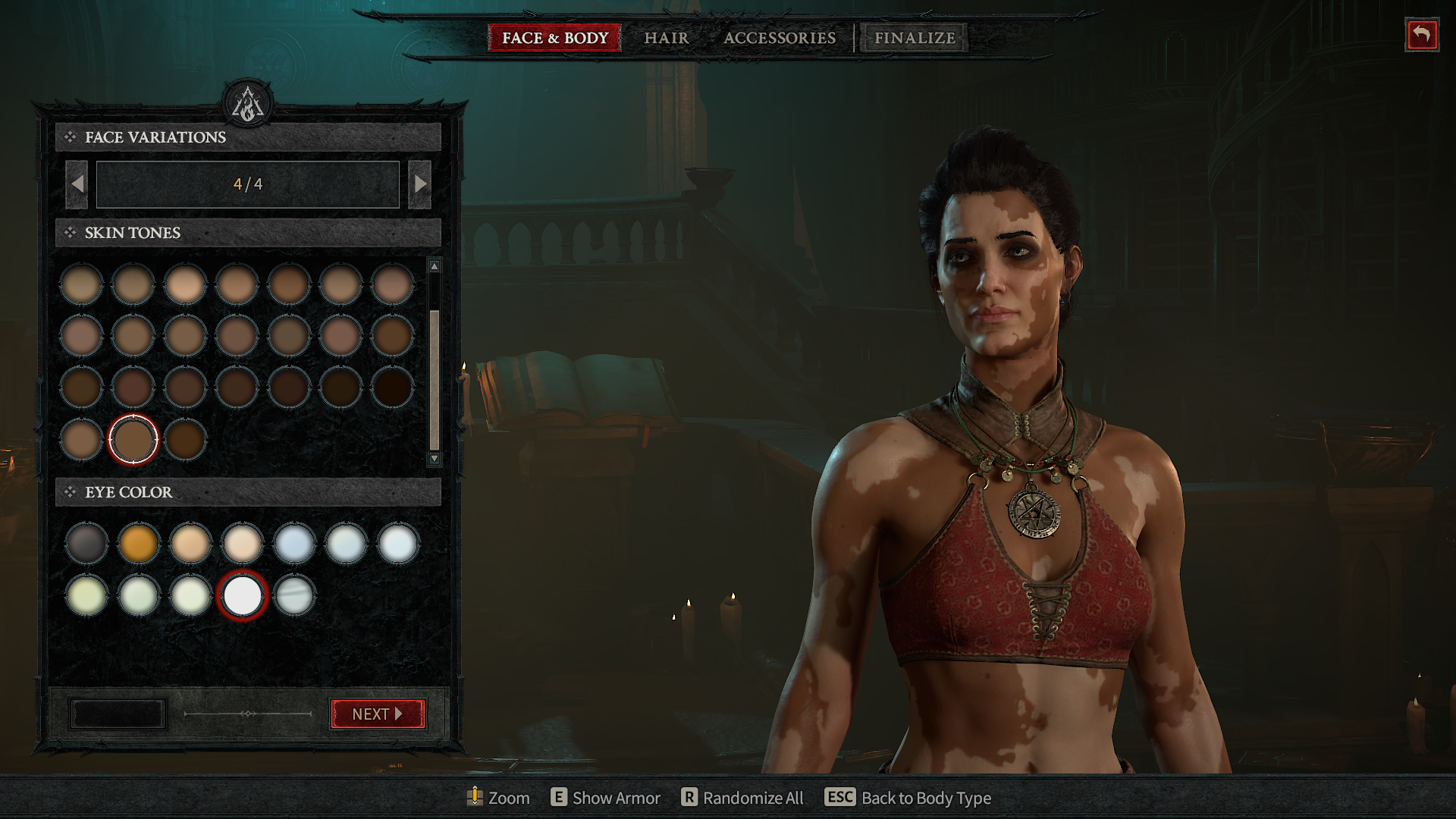
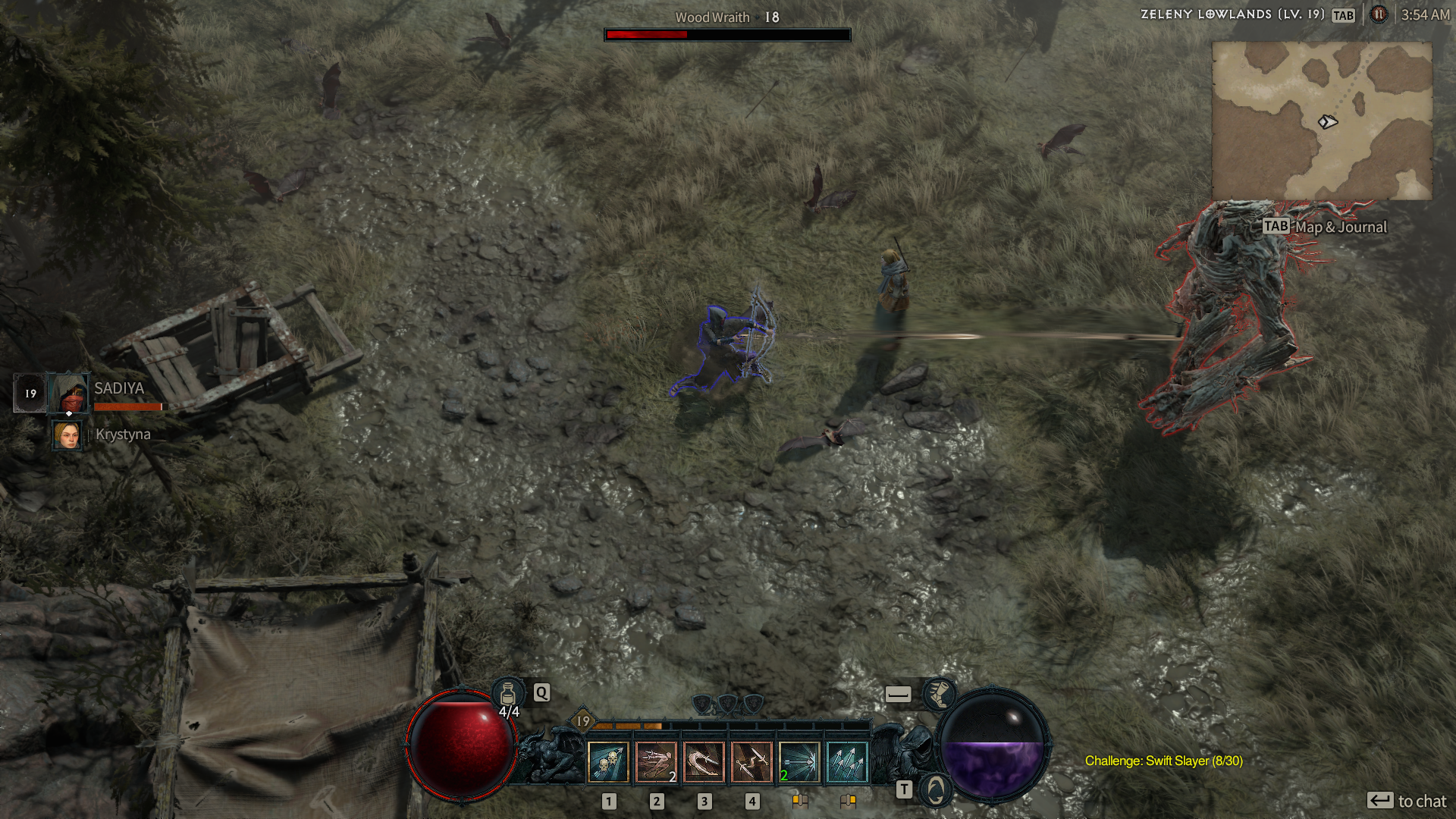
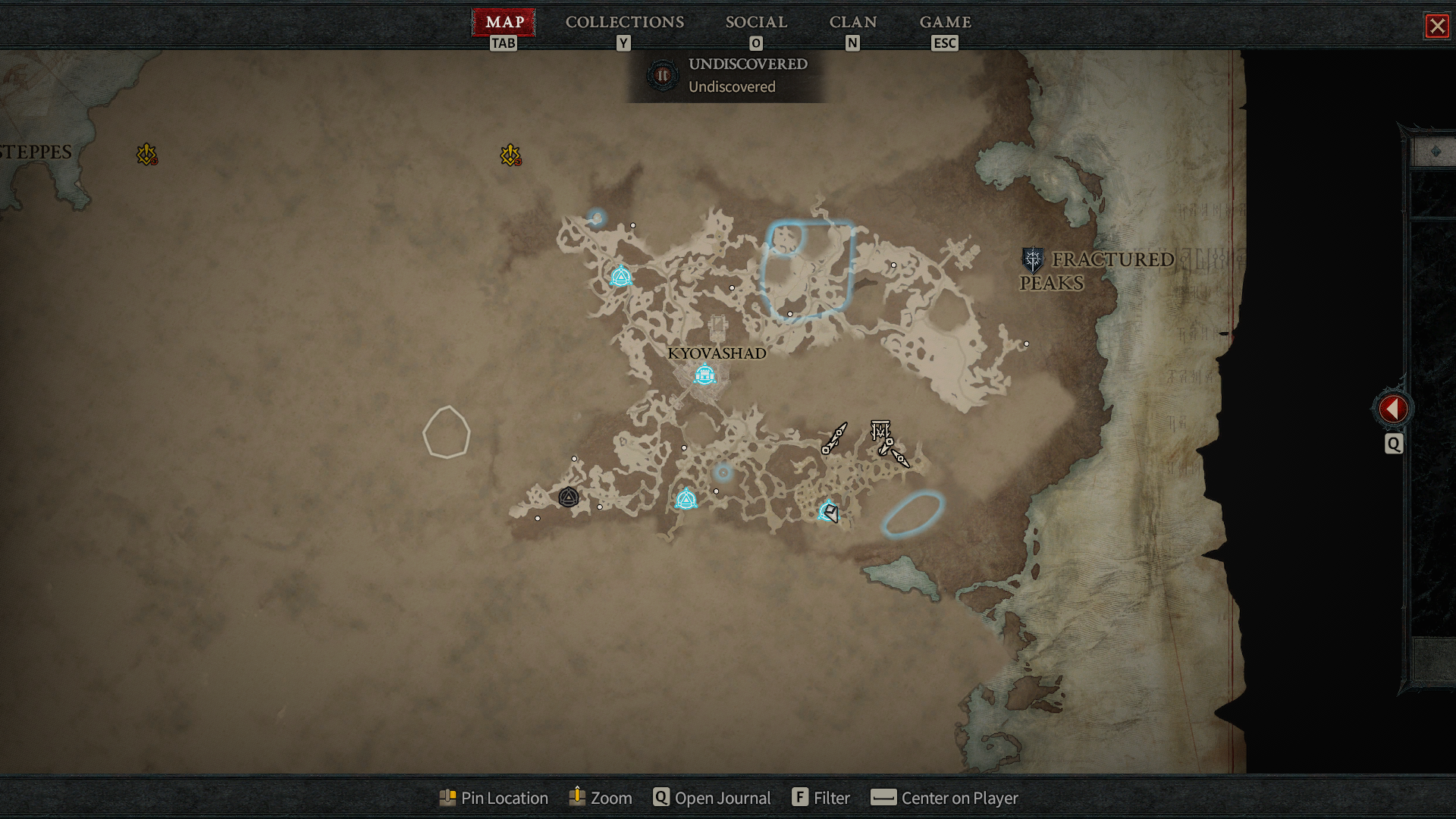
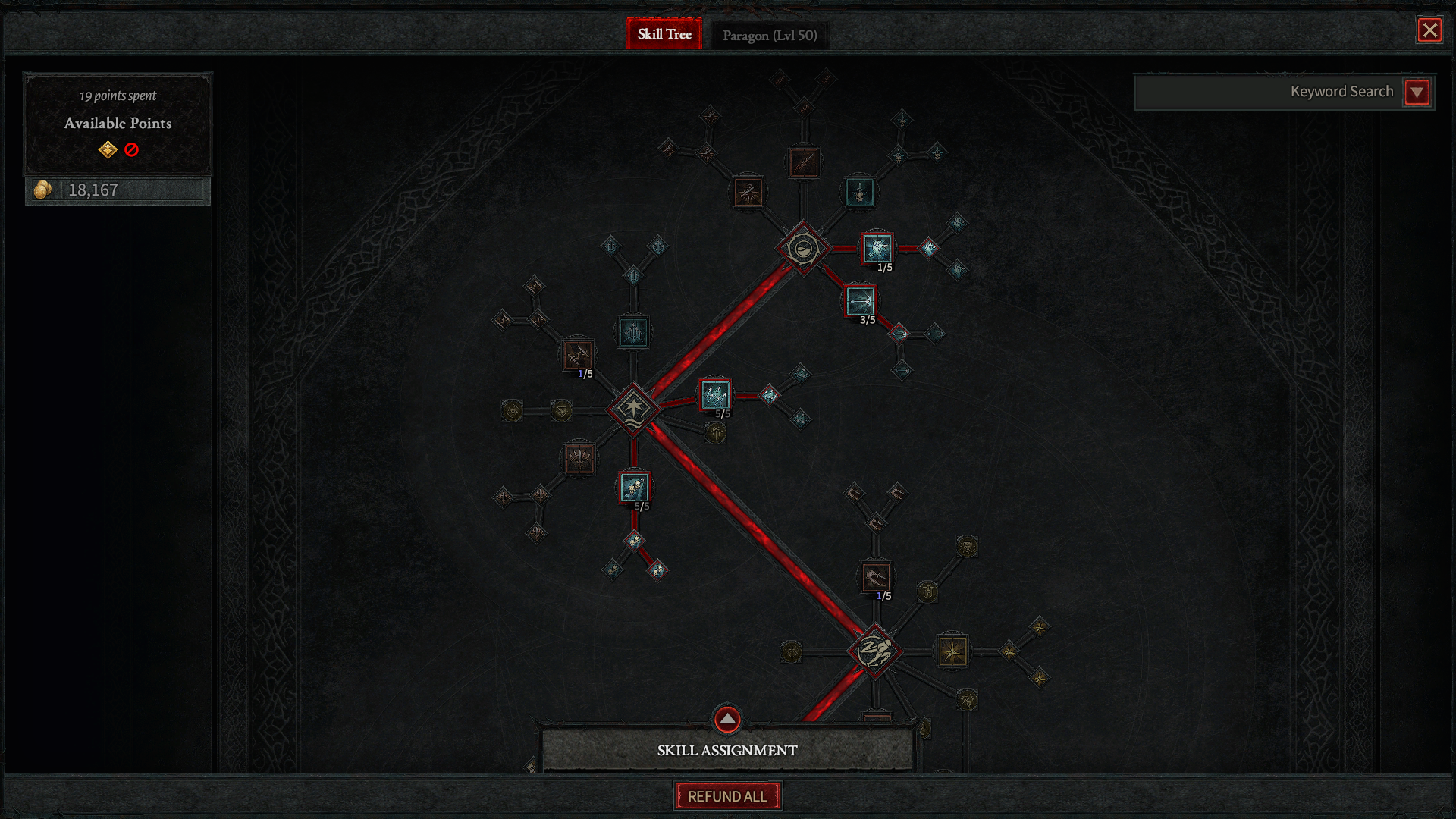




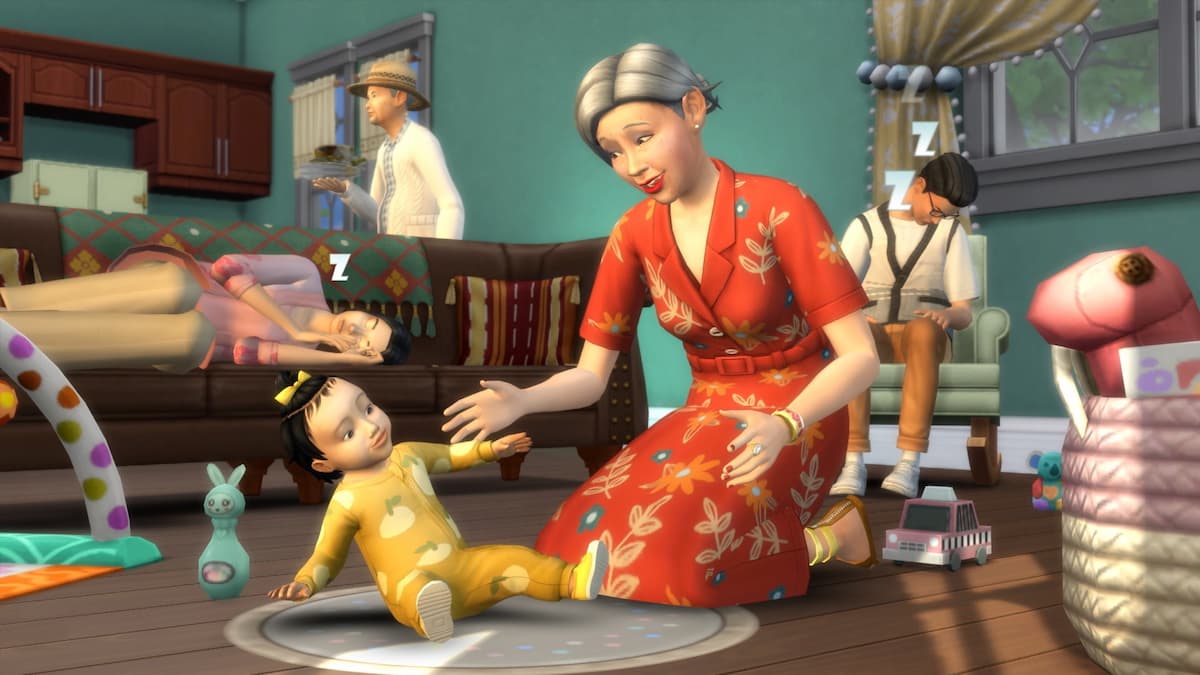
Published: Mar 21, 2023 07:51 am